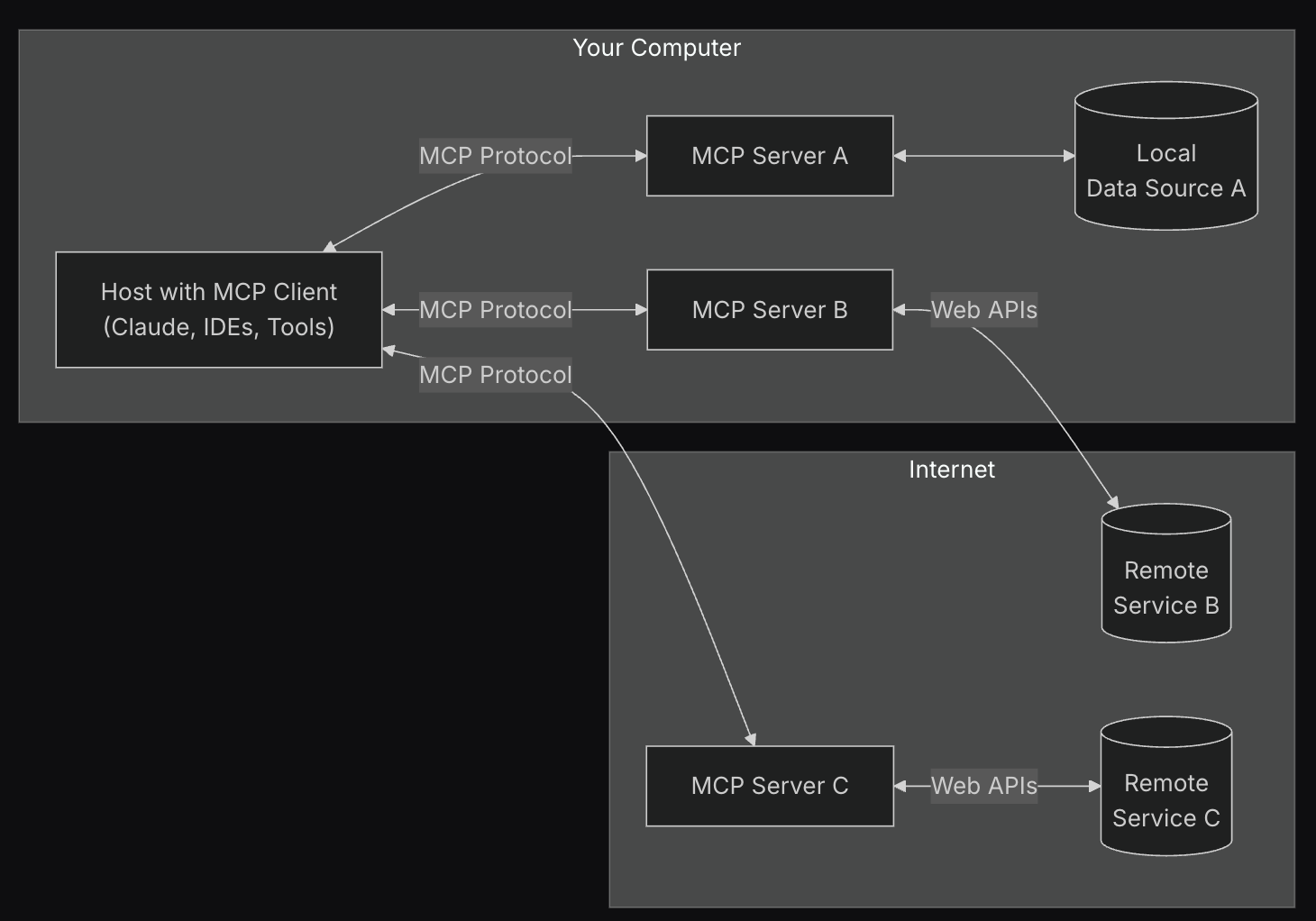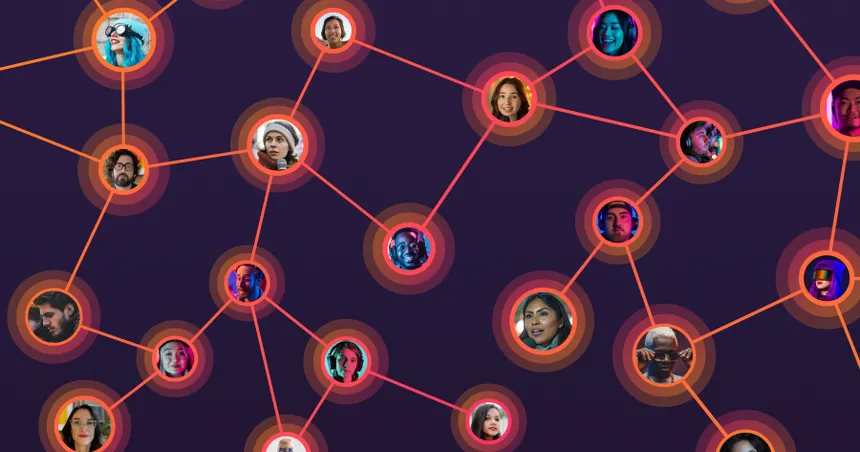
Generative Adversarial Networks (GANs) have revolutionized the field of generative AI, offering a powerful framework for creating realistic and diverse data. At the heart of every GAN lies a unique architecture comprised of two neural networks: the generator and the discriminator. Understanding the roles and interactions of these two components is crucial for grasping how GANs learn to generate new data that resembles the training data. This lesson will delve into the architecture of GANs, exploring the individual components and their adversarial relationship.
The Generator: Creating Fake Data
The generator’s role is to create new data instances that resemble the real data. It takes random noise as input and transforms it into a synthetic data sample. Think of it as a counterfeiter trying to create fake currency that looks as real as possible.
Input: Random Noise Vector
The generator doesn’t start with any knowledge of the real data. Instead, it receives a random noise vector, often drawn from a normal or uniform distribution. This noise vector serves as the seed for the generation process. The dimensionality of this noise vector is a hyperparameter that you can tune.
Example: Imagine you want to generate images of handwritten digits. The noise vector could be a 100-dimensional vector of random numbers.
Architecture: Deconvolutional Neural Network (Often)
While the specific architecture can vary, generators often employ deconvolutional neural networks (also known as transposed convolutional neural networks), especially for image generation. These networks perform the opposite operation of convolutional neural networks, upsampling the input noise vector to create a higher-resolution output.
Why deconvolutional? Deconvolutional layers allow the generator to start with a low-dimensional representation (the noise vector) and gradually increase its dimensionality, adding details and structure to the generated data.
Example: In a DCGAN (Deep Convolutional GAN), the generator might consist of several transposed convolutional layers, each followed by batch normalization and ReLU activation. The final layer typically uses a tanh activation function to output pixel values in the range of -1 to 1.
Output: Synthetic Data Sample
The generator’s output is a synthetic data sample that is intended to mimic the real data. The format of this output depends on the type of data you’re trying to generate.
Examples:
- Images: The output is an image represented as a matrix of pixel values.
- Audio: The output is an audio waveform represented as a sequence of amplitude values.
- Text: The output is a sequence of words or characters.
Generator in Action: Imaginarium Inc.
Let’s revisit Imaginarium Inc., the fictional company introduced earlier. They want to use GANs to generate new character designs for their video games. The generator would take a random noise vector as input and output an image of a character. The goal is for these generated characters to be diverse and visually appealing, fitting the style of Imaginarium’s games.
Hypothetical Scenario: Imaginarium’s generator is struggling to create characters with consistent facial features. The generated characters sometimes have too many eyes, or their noses are misshapen. This indicates that the generator needs more training or a more sophisticated architecture.
The Discriminator: Distinguishing Real from Fake
The discriminator’s role is to distinguish between real data samples from the training set and fake data samples generated by the generator. It acts as a binary classifier, outputting a probability that indicates whether the input data is real or fake. Think of it as a security guard trying to identify counterfeit currency.
Input: Real or Fake Data Sample
The discriminator receives two types of input:
- Real data: Samples drawn from the actual training dataset.
- Fake data: Samples generated by the generator.
Architecture: Convolutional Neural Network (Often)
Discriminators often employ convolutional neural networks (CNNs), especially for image data. CNNs are well-suited for extracting features from images and identifying patterns that distinguish real images from fake ones.
Why convolutional? Convolutional layers can automatically learn hierarchical features from the input data, allowing the discriminator to identify subtle differences between real and fake samples.
Example: In a DCGAN, the discriminator might consist of several convolutional layers, each followed by batch normalization and Leaky ReLU activation. The final layer typically uses a sigmoid activation function to output a probability between 0 and 1, representing the discriminator’s confidence that the input is real.
Output: Probability (Real or Fake)
The discriminator outputs a single value, a probability between 0 and 1, indicating the likelihood that the input data is real. A value close to 1 indicates that the discriminator believes the input is real, while a value close to 0 indicates that it believes the input is fake.
Discriminator in Action: Imaginarium Inc.
Continuing with Imaginarium Inc., the discriminator would be trained to distinguish between real character designs (created by Imaginarium’s artists) and fake character designs (generated by the GAN). The discriminator would analyze the images and output a probability indicating whether it believes the character is real or fake.
Hypothetical Scenario: Initially, the discriminator easily identifies the fake characters generated by the GAN. However, as the generator improves, the discriminator finds it increasingly difficult to distinguish between real and fake characters. This is a sign that the GAN is learning effectively.
The Adversarial Process: A Game of Cat and Mouse
The generator and discriminator are trained simultaneously in an adversarial manner. The generator tries to fool the discriminator by creating increasingly realistic fake data, while the discriminator tries to become better at distinguishing real data from fake data. This creates a dynamic game of cat and mouse, where each network constantly adapts to the other’s improvements.
Training the Generator
The generator is trained to maximize the probability that the discriminator will classify its generated samples as real. In other words, the generator wants to fool the discriminator. This is achieved by backpropagating the discriminator’s output through the generator and updating the generator’s weights to increase the likelihood of fooling the discriminator.
Training the Discriminator
The discriminator is trained to correctly classify both real and fake samples. It is trained to maximize the probability of correctly identifying real samples as real and fake samples as fake. This is achieved by backpropagating the classification error through the discriminator and updating its weights to improve its accuracy.
The Nash Equilibrium
Ideally, the training process converges to a Nash equilibrium, where the generator produces realistic samples that the discriminator can no longer distinguish from real data, and the discriminator is at its best at identifying fakes. In practice, achieving a perfect Nash equilibrium is difficult, and GAN training can be unstable.
Example: Image Generation
Imagine a GAN trained to generate images of cats. Initially, the generator might produce blurry, distorted images that the discriminator easily identifies as fake. However, as the training progresses, the generator learns to add details like fur, whiskers, and eyes, making the generated cats more realistic. The discriminator, in turn, learns to focus on subtle imperfections in the generated images, such as unnatural lighting or inconsistent textures. This adversarial process continues until the generator produces images that are virtually indistinguishable from real photos of cats.
Example: Text Generation
Consider a GAN trained to generate realistic news articles. The generator might initially produce grammatically incorrect and nonsensical text that the discriminator easily identifies as fake. However, as the training progresses, the generator learns to use proper grammar, sentence structure, and vocabulary, making the generated articles more coherent. The discriminator, in turn, learns to focus on subtle inconsistencies in the generated articles, such as factual errors or unnatural phrasing. This adversarial process continues until the generator produces articles that are difficult to distinguish from real news articles.
Practice Activities
- Generator Architecture Design: Design a generator architecture for generating images of shoes. Consider the input noise vector size, the number of deconvolutional layers, and the activation functions to use. Explain your design choices.
- Discriminator Feature Analysis: If you were training a discriminator to distinguish between real and fake bird songs, what features would you expect the discriminator to learn to identify? Consider aspects like frequency, rhythm, and timbre.
- Adversarial Training Visualization: Sketch a graph showing how the loss functions of the generator and discriminator might change over time during training. Label the axes and explain the trends you would expect to see.
- Imaginarium Inc. Scenario: Imaginarium Inc. is now trying to generate realistic 3D models of weapons for their games. How would the generator and discriminator architectures need to be adapted to handle 3D data instead of 2D images?
Summary and Next Steps
This lesson explored the fundamental architecture of Generative Adversarial Networks (GANs), focusing on the roles of the generator and discriminator. The generator learns to create synthetic data that resembles real data, while the discriminator learns to distinguish between real and fake data. These two networks are trained in an adversarial manner, constantly pushing each other to improve.
In the next lesson, we will delve deeper into the adversarial process, examining the mathematical foundations of GAN training and exploring different loss functions. We will also discuss the challenges of GAN training and techniques for improving stability and convergence.





